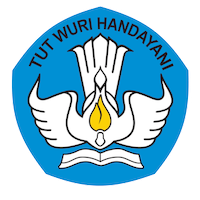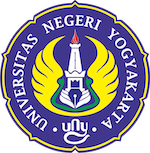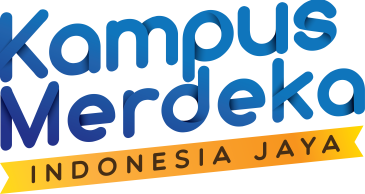Machining Process is a process which used for removing some work unit dimension using machine tool and metal cutting process so the intended components are shaped. To this date, the machining process is the most used process in making some complete machine components and as a manufacturing process which has an important role in the process of making tools and machines unit.
The purpose of this machining learning is to emphasize the two competences achievements, which are the work’s process and work’s result (product). The work process consists of work steps, the use of machines and aids, measurement devices, maintenance of machines and aids, time allocation, work attitude and work safety. While the work’s result in the form of a product is emphasized on the dimension, geometry, work unit surface or hardness level’s quality.
As said by Prof. Dr. Ir. Dwi Rahdiyanta, M.Pd, the 151st Professor in UNY on his inauguration speech at Engineering Faculty UNY, the students should have supporting skills such as engineering drawing, material science, industrial metrology, and industrial theory so that the machining process learning can work well. The speech entitled “Machining Learning Challenges in the Industrial Revolution 4.0” was read in the open meeting at the main assembly room, rector building UNY, Saturday, February 15, 2020.
That man who was born on Gunungkidu, February 15, 1962, said that the challenge in modern machining learning is about the stock of CNC (Computer Numerical Controlled) and CAD/CAM (Computer Aided Design and Computer Aided Manufacturing) machine facilities in education. CNC and CAD/CAM machine facilities in the college/school are still considered as lacking and lagging behind those in the industry. It causes problems in link and match between the educational and industrial institutions. Dwi Rahdiyanta said, “To deal with those problems, as well as to prepare the student in the machining fields, we need to develop the learning model which involves industrial and work field.” The corporation between the industrial field is importantly considered two things which are the price of the CNC and CAD/CAM machine and the good technology of the industrial party.
The professor explained that one of the learning models which can be used is teaching industry learning model which is research-based productive vehicle/ research and innovation to support the integrated learning process with the industrial and government. College uses the teaching industry as a vehicle to make research products and to prepare the student to do a real practice through work-based learning. Industrial can use the teaching industry to produce things or spare parts needed.
In the teaching industry, the existed learning sources can be used to increase the skills and human resources competencies in the context of creating added value and increasing productivity. From the teaching industry learning model in engineering, it is expected that the college innovation and research products can reach the market as import substitution products so that we can decrease the dependency of import products, especially in machinery components.
The professor who lived in Warungboto, Umbulharjo, Yogyakarta stated that in the Industrial Revolution 4.0 teachers and lecturers face a challenge in the learning process. The challenges come from digital technology development in information and communication which gives effects in learning technology and student’s character changing in learning. The real challenges faced by the teachers is that the students are already known the ICT in their early lives. To deal with that, teachers and lecturers should use the multi-user virtual environments (MUVEs) in their learning process. To do MUVEs well, the teachers and lecturers should have skills which related to (1) Literacy Data, which is a skill to read, analyze, and use digital Big Data (information); (2) Technological Literacy, which consists of coding, artificial intelligence, and engineering principle (understanding how the machine works and technology application); and (3) Human Literacy (humanities, communication and design) (Dedy. Tj. Lalak)





